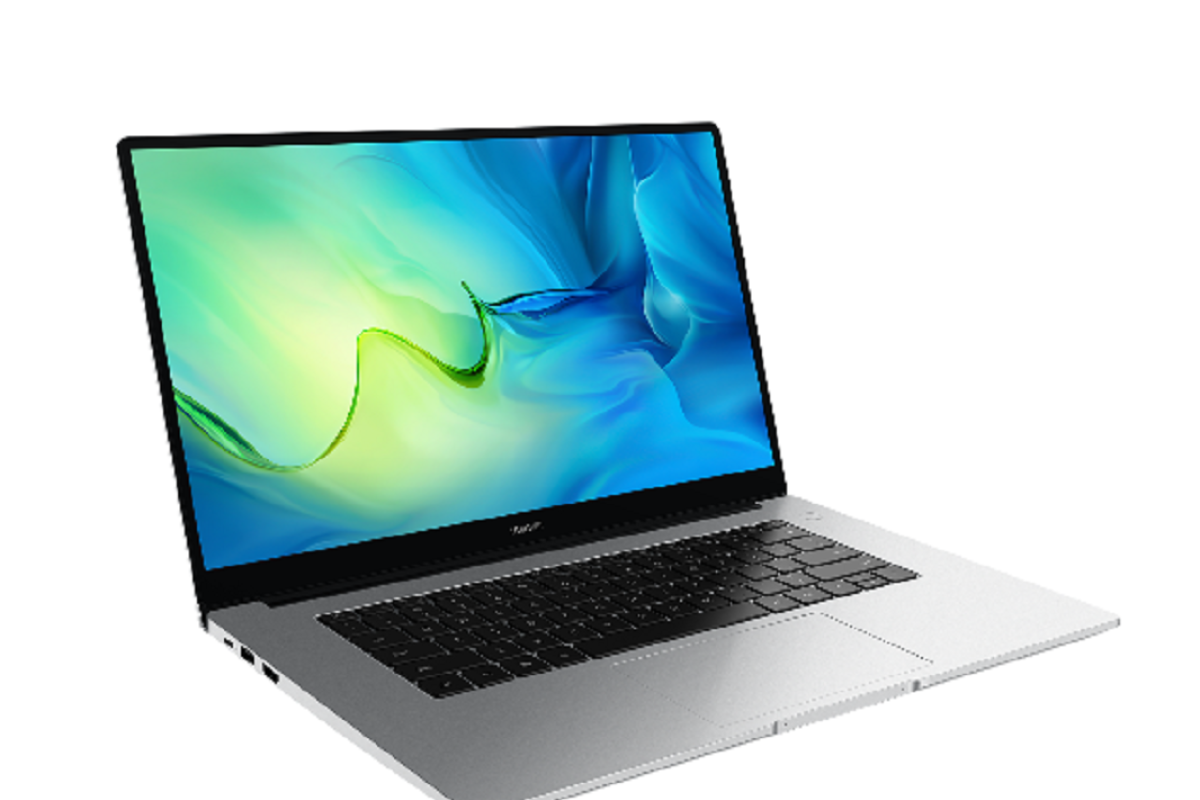Choosing the Best Laptop Processor in 2025
When it comes to selecting the optimal CPU for your laptop in 2025, understanding the various options can make a significant difference. Laptop processors come with different power ratings that influence their performance and battery efficiency.
The chips with the lowest power ratings generally carry a "U" suffix and are usually rated for 15 watts but can go as low as 10 watts for AMD and 9 watts for Intel. These chips have base clocks between 1GHz and 2GHz and can only maintain their maximum speeds for short bursts.
Higher power-rated chips can sustain their turbo speeds for longer durations. For tasks that rely on short bursts of CPU power, both U- and H-class chips can deliver similar performance.
Choosing the Best Laptop Processor in 2025
Differentiating by Core and Thread Counts
Intel and AMD CPUs’ core and thread counts vary based on their product lines and TDP ratings. Generally, processors numbered 7 and 9 have more cores and threads than those numbered 3 and 5.
However, it's crucial to avoid generalizing purely based on core counts. With the advent of Intel's 12th Generation processors, many CPUs now combine two types of cores: Performance cores (P-cores) and Efficient cores (E-cores).
This trend continues with Intel’s latest Core Ultra chips, which introduce a third kind of core called Low-Power Efficient (LPE-cores). This makes direct core-to-core comparisons with AMD CPUs, which contain a single type of core, complex.
For example, Intel’s U-series processors might feature up to 12 cores, while AMD’s counterparts have up to eight cores. The thread count will depend on whether multithreading is supported.
It’s important to note that Intel has ceased supporting multithreading with its Core Ultra 2 Series line. For a more in-depth analysis of Intel's core configurations, you can refer to specific reviews such as the Intel Core Ultra 9 285K desktop review.
Integrated Graphics Performance
Most laptops, except for gaming rigs and mobile workstations, rely on integrated graphics from their CPUs. These integrated graphics have come a long way in terms of performance.
For instance, Intel’s latest integrated graphics solutions, such as its Intel Arc, can handle modern gaming, unlike its less capable predecessors, the Intel UHD or Iris Xe.
However, the Arc GPU is only available in Intel’s Core Ultra H-class and V-class CPUs. The U-series chips still stick with a less powerful Intel graphics solution.
AMD has also significantly improved its integrated graphics with Radeon technology, which can support modern games at 720p or sometimes even 1080p resolution.
Qualcomm's Snapdragon X processors show impressive results with their integrated Adreno GPUs, evident from recent reviews like the Samsung Galaxy Book4 Edge 16. Apple’s M-series processors also offer compelling integrated graphics with performance capable of playing high-end games at respectable settings.
Considerations for Business Use
For business environments, Intel and AMD provide processors with remote management capabilities, known respectively as Intel vPro and AMD Pro. These technologies facilitate remote updates and enhanced security, essential for managing laptop fleets.
AMD Pro CPUs are labeled within the product name, but Intel’s vPro support isn't as overt and requires checking detailed specifications, often listed on resources like the ARK online database from Intel.
Snapdragon X processors from Qualcomm are finding their way into business laptops and provide strong performance. However, they lack vPro or AMD Pro-like technologies as of yet. Apple also caters to business needs, particularly in creative industries, with tools to integrate seamlessly into professional setups.
Overclocking Capabilities
Most laptop CPUs do not support overclocking, which involves increasing the clock speeds beyond factory settings. Overclocking is typically prevented in laptops to avoid overheating and maintain thermal efficiency.
Although exceptions like Intel’s Core processors with HK and HX suffixes and AMD's Ryzen HX series allow for overclocking, it remains rare. This restriction helps maintain stability and prevent hardware damage, particularly in laptops with strict thermal constraints.
Final Thoughts: Which Processor Should You Choose?
Despite the complexity and variety of modern CPUs, purchasing a laptop today can be an exciting endeavor. While extremely budget-friendly laptops may be limited by entry-level CPUs, most laptops priced at $500 and above generally come with capable processors for everyday use.
For specialized tasks like gaming, content creation, and workstation-level tasks, AMD, Intel, Apple, and Qualcomm offer high-performance chips.
Apple’s M-series processors, particularly in the latest MacBooks, are known for their speed and efficiency.
These processors often outperform Intel and AMD processors in specific creative applications and offer impressive battery life.
Windows and ChromeOS laptops present a wider array of options, with Intel and AMD dominating the market. Most modern Windows laptops, regardless of whether they feature AMD or Intel CPUs, deliver excellent performance, allowing users to prioritize design and features over the choice of processor.
Qualcomm’s Snapdragon X chips present a notable alternative in the Windows laptop market, especially for premium and performance-oriented devices.
Latest Laptop CPUs Guide
Choosing the right CPU requires understanding your needs and the specific features each processor line offers. While a wide range of CPUs is available, including older models, the latest generations provide the best performance.
Understanding the specifications and capabilities of Intel and AMD's recent CPUs can help you make an informed decision when purchasing your next laptop.
Summary
The choice of a laptop processor in 2025 boils down to specific use cases, whether for general productivity, gaming, business, or creative work. Each brand and processor line has its strengths, and the right choice involves balancing those against your personal or professional needs.





Post a Comment for "Choosing the Best Laptop Processor in 2025"